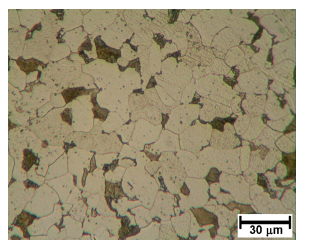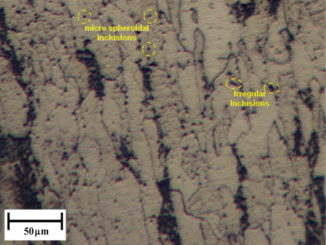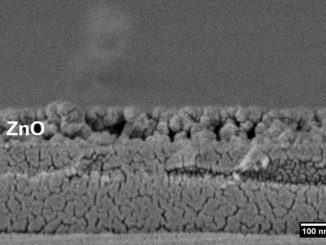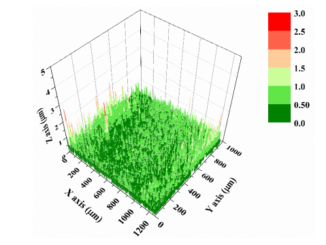
Analysis of AISI 1020 steel corrosion in seawater by coupling electrochemical noise and optical microscopy
Abstract: Electrochemical noise coupled to in situ optical micrographs was used to study corrosion processes in AISI 1020 steel immersed in seawater. The noise data was analysed using wavelet transform. The results were represented in energy diagrams and showed that considerable changes occurred in the corrosion mechanism during the initial step of the experiment (until 7200 s). During this initial step, it was observed that the corrosion was predominantly localized by means of pitting formation and intergranular corrosion. After approximately 50,000 s (14h) of immersion, general corrosion processes become dominant. The conclusions obtained from the analysis of the current noise signal using the wavelet transform were confirmed by optical micrograph which suggests that the coupling of electrochemical noise and optical microscopy techniques can be valuable in studying corrosion processes in this system. Another advantage of this procedure is the elucidation and separation of corrosion processes, such as, for example, pitting and intergranular ones, that are not commonly identified by other techniques. (C) 2013 Elsevier Ltd. All rights reserved.
Author(s): Rios, EC ; Zimer, AM; Pereira, EC; Mascaro, LH
ELECTROCHIMICA ACTA
Volume: 124 Pages: 211-217 Published: APR 1 2014
DOI: 10.1016/j.electacta.2013.10.059




